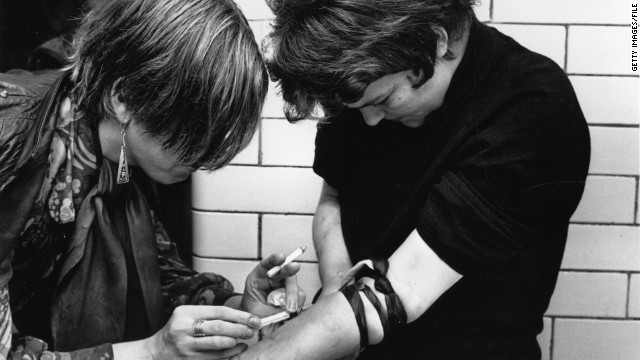 Gut bugs can change the way our brains work, offering new ways to relieve problems like stress, anxiety and depression, say two leading professors
Gut bugs can change the way our brains work, offering new ways to relieve problems like stress, anxiety and depression, say two leading professors
WE HAVE all experienced the influence of gut bacteria on our emotions. Just think how you felt the last time you had a stomach bug. Now it is becoming clear that certain gut bacteria can positively influence our mood and behaviour. The way they achieve this is gradually being uncovered, raising the possibility of unlocking new ways to treat neurobehavioural disorders such as depression and obsessive-compulsive disorder (OCD).
We acquire our intestinal microbes immediately after birth, and live in an important symbiotic relationship with them. There are far more bacteria in your gut than cells in your body, and their weight roughly equals that of your brain. These bacteria have a vast array of genes, capable of producing hundreds if not thousands of chemicals, many of which influence your brain. In fact, bacteria produce some of the same molecules as those used in brain signalling, such as dopamine, serotonin and gamma-aminobutyric acid (GABA). Furthermore, the brain is predominantly made of fats, and many of these fats are also produced by the metabolic activity of bacteria.
In the absence of gut bacteria, brain structure and function are altered. Studies of mice reared in a germ-free environment, with no exposure to bacteria, show that such mice have alterations in memory, emotional state and behaviour. They show autistic patterns of behaviour, spending as much time focusing on inanimate objects as on other mice. This behavioural change is driven by alterations in the underlying brain chemistry. For example, dramatic changes in serotonin transmission are seen, together with changes in key molecules such as brain-derived neurotrophic factor, which plays a fundamental role in forming new synapses.












